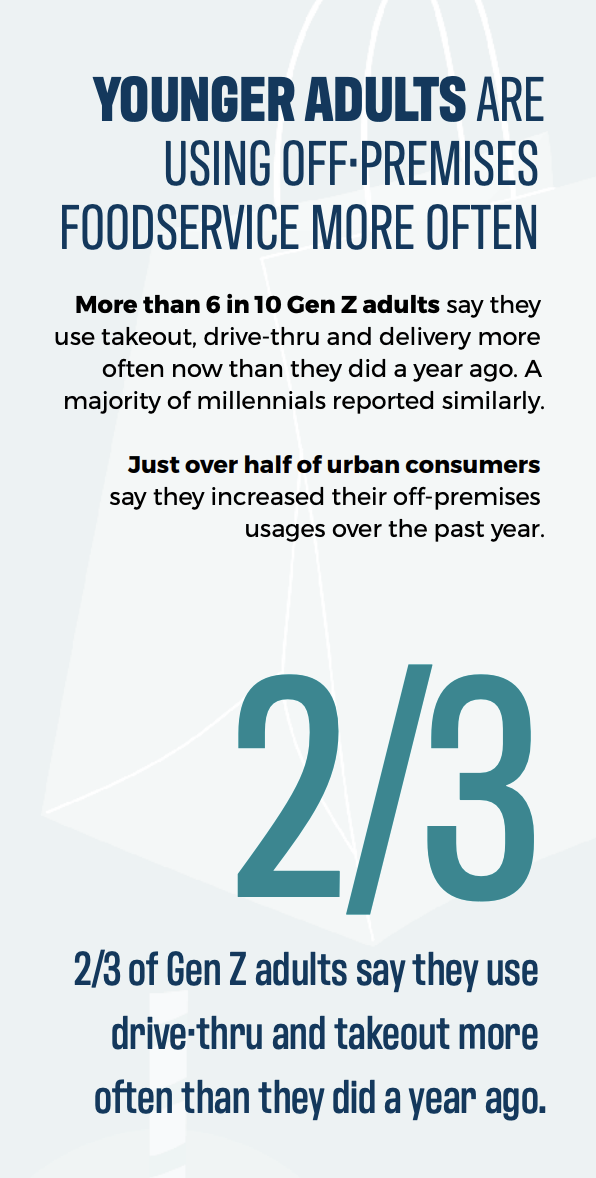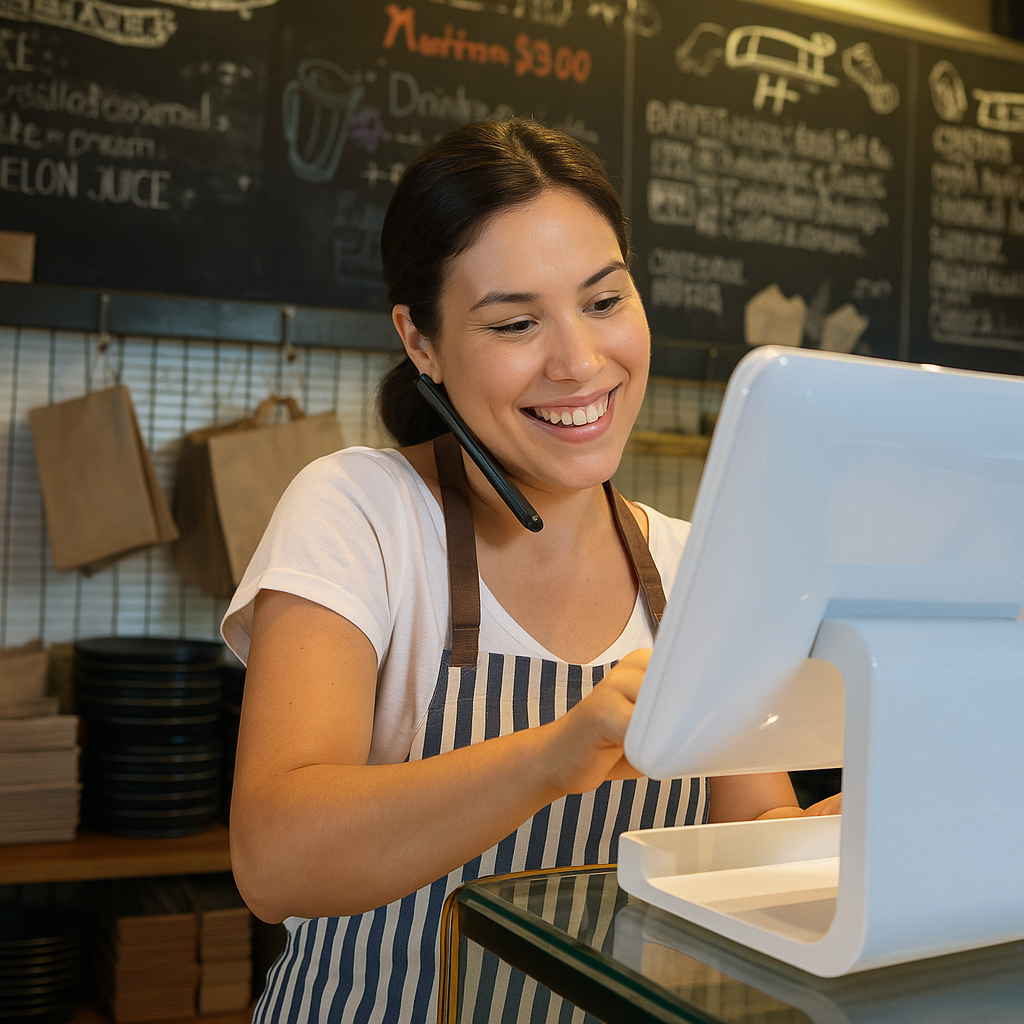The Digital Hospitality Gap: From Reactive Tools to Connected Systems

Hospitality remains the promise – in many organizations, it thrives when supported by connected systems, clear processes, and a unified strategy.

Our Covid Tech Hangover
If 2020 was about survival through technology, 2025 is about clarity through connection.
Over the past five years, restaurant tech investment has surged, growing at double-digit rates that reached $5 billion in 2024 – with forecasts projecting 16% annual growth in the years ahead.1 Operators have poured capital into digital ordering, loyalty, back-office automation, and guest-facing innovation, racing to meet guests where they are.2
Each tool solved an urgent problem. Guests could still order. Revenue still flowed. The lights stayed on.
But that speed came with a cost.
The Cost of Reactive Growth
Most restaurant tech stacks grew reactively, one solution at a time, rarely designed to work together. Today, Operations, Marketing, and IT teams still navigate a web of disconnected systems, and the guest experience remains fractured across them.
As a result, integration and interoperability challenges now rank among operators’ top complaints: fewer than half report satisfaction with their in-store digital experience, and many cite data silos and mismatched systems as daily drags.3
A New Phase of Digital Transformation: The Era of Digital Clarity
The restaurant industry is entering a new phase — one we call the Era of Digital Clarity. Leaders are stepping back to assess what’s held up, what needs to be re-engineered, and how to simplify the systems that have become too complex to manage. Across brands, familiar patterns emerge: overlapping functionality, rising software costs, half-used features, and teams navigating tools they barely understand.
The opportunity now isn’t to add more technology, it’s to refine it. That means optimizing the tools that fit, eliminating those that don’t, and connecting what remains so it works as one coherent system. The next era of digital transformation will be defined by how intelligently digital tools are used, aligned, and connected.
Defining the Digital Hospitality Gap
When done right, digital hospitality creates a guest experience that feels seamless, personal, and unmistakably on-brand, no matter where the interaction happens. The best brands make convenience feel human and personalization feel effortless, because their digital systems and teams work in concert.
But for many, the legacy of the reactive years left a different reality: operational complexity and a fractured guest experience. Most restaurants digitized the what of hospitality (e.g., ordering, rewards, delivery) but not the how.
This is the Digital Hospitality Gap: the distance between what restaurants intend and what guests actually feel.
The New Baseline: Digital Convenience and Seamless Value
Digital convenience has now become the baseline. According to the Restaurant Technology Landscape Report 2025, a majority of off-premises customers now order digitally – 57% used a mobile app in the past six months, and 35% say it’s their preferred way to order. Even among baby boomers, more than a third now use apps for takeout or delivery – making digital convenience the default expectation and widening the “hospitality gap” when brands fall short.4
In person, hospitality is warmth, recognition, care. Online, it’s convenience, speed, personalization – but it’s also about making value feel seamless. In 2025, more than 80% of off-premises customers say they’d take advantage of digital deals like BOGO, combo meals, or off-peak discounts if surfaced conveniently online.
Those qualities depend on alignment between people, process, and technology. Unifying the strategy behind your digital systems creates a consistent and memorable guest experience – the same version of your brand on your website, through third-party delivery, and at the counter.
Closing the Gap: Connection Over Complexity
Closing the hospitality gap comes from better orchestration of all of the elements of your digital business model. The next phase of transformation is about connecting those tech tools in your toolbox through the mastery of your people and processes. Then every digital touchpoint will reflect the same clarity, care, and consistency that define great hospitality.
The fix isn’t more software, it’s connection. Next up: our next blog post - "Beyond More Tech: Building What Really Works."
Our Sources, and for Further Reading:
1 Global Growth Insights. (2024). Restaurant Technology Market Size, Share, Trends, and Forecast 2024–2033. Retrieved October 8, 2025, from https://www.globalgrowthinsights.com/market-reports/restaurant-technology-market-116768
2 Marchesi, K. (2024, January). Pandemic-Related Increase in Consumer Restaurant Spending Using Mobile Apps Continued Through 2022. U.S. Department of Agriculture, Economic Research Service. https://www.ers.usda.gov/amber-waves/2024/january/pandemic-related-increase-in-consumer-restaurant-spending-using-mobile-apps-continued-through-2022
3 National Restaurant Association. (2025, April). Restaurant Technology Landscape Report 2025 (Hudson Riehle, Bruce Grindy, et al.) [PDF]. https://go.restaurant.org/rs/078-ZLA-461/images/NatRestAssoc_TechLandscape
4 National Restaurant Association. (2025, April). Restaurant Technology Landscape Report 2025 (Hudson Riehle, Bruce Grindy, et al.) [PDF]. https://go.restaurant.org/rs/078-ZLA-461/images/NatRestAssoc_Te




